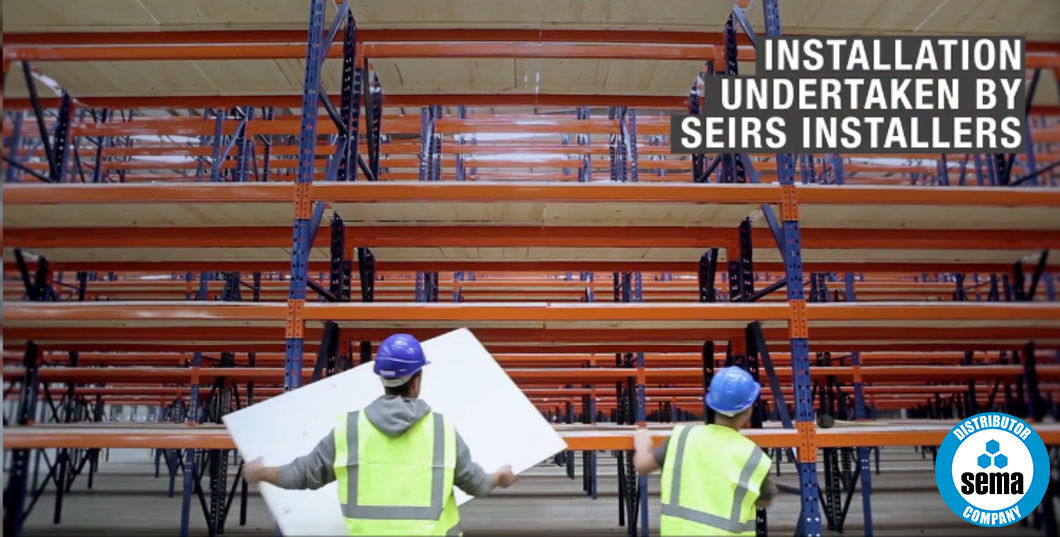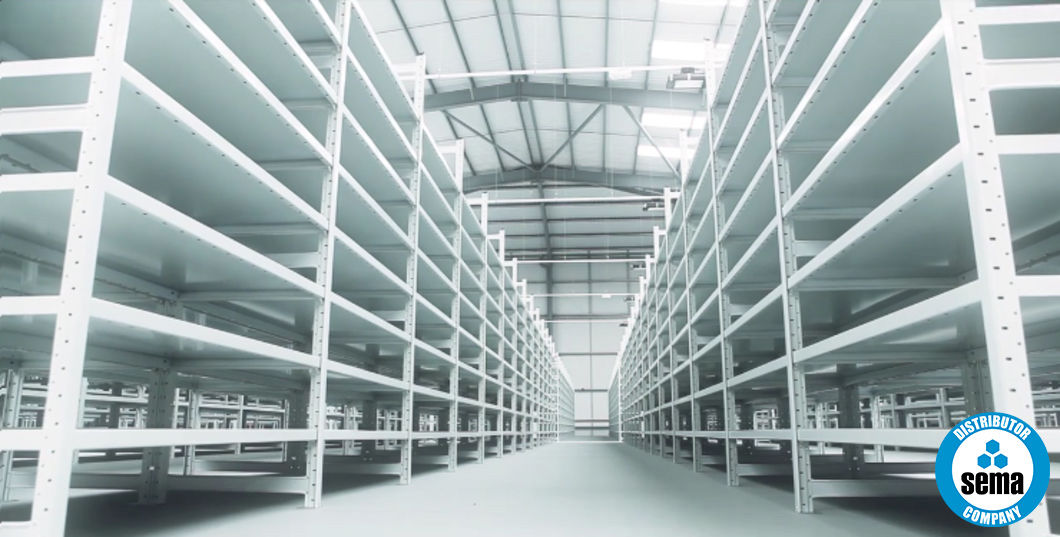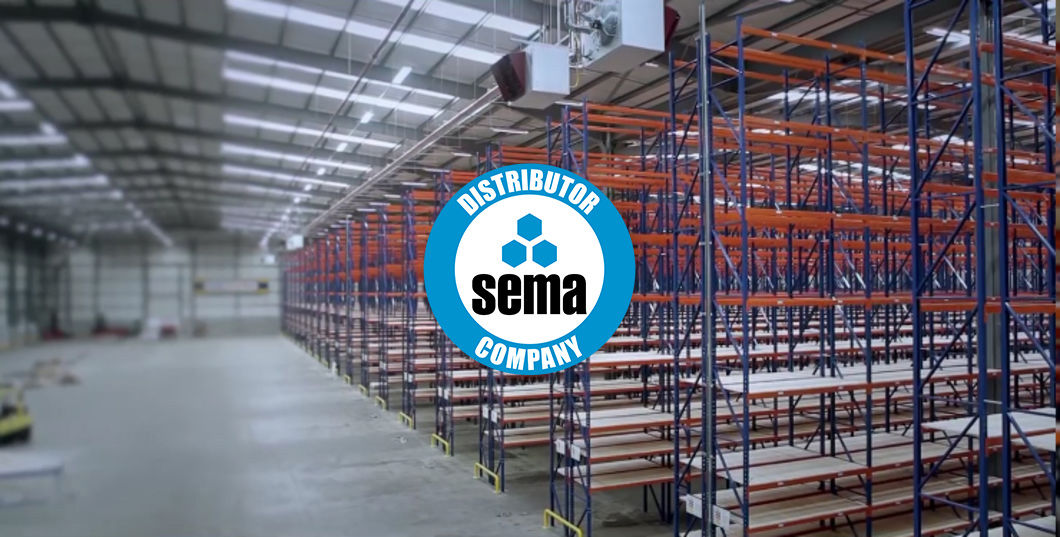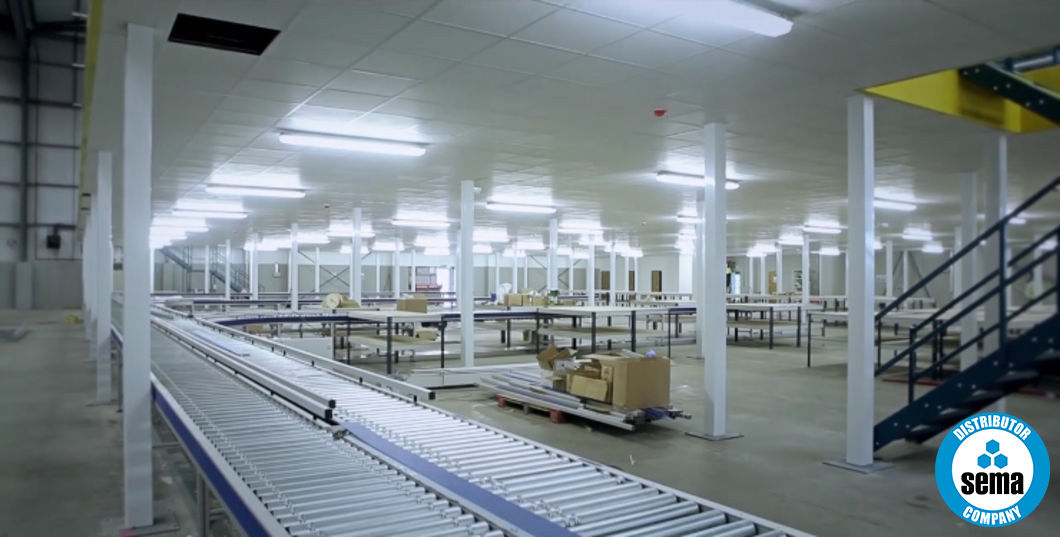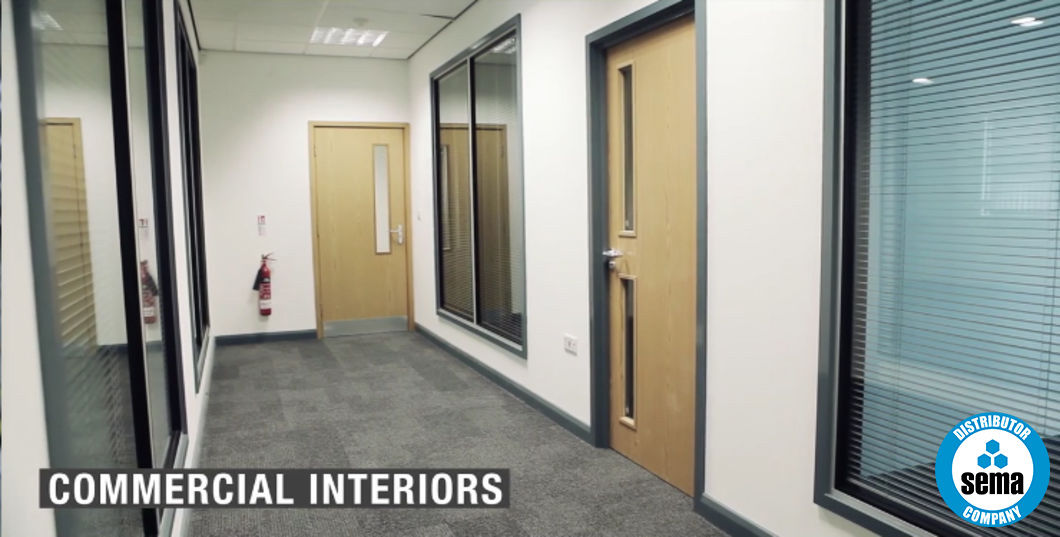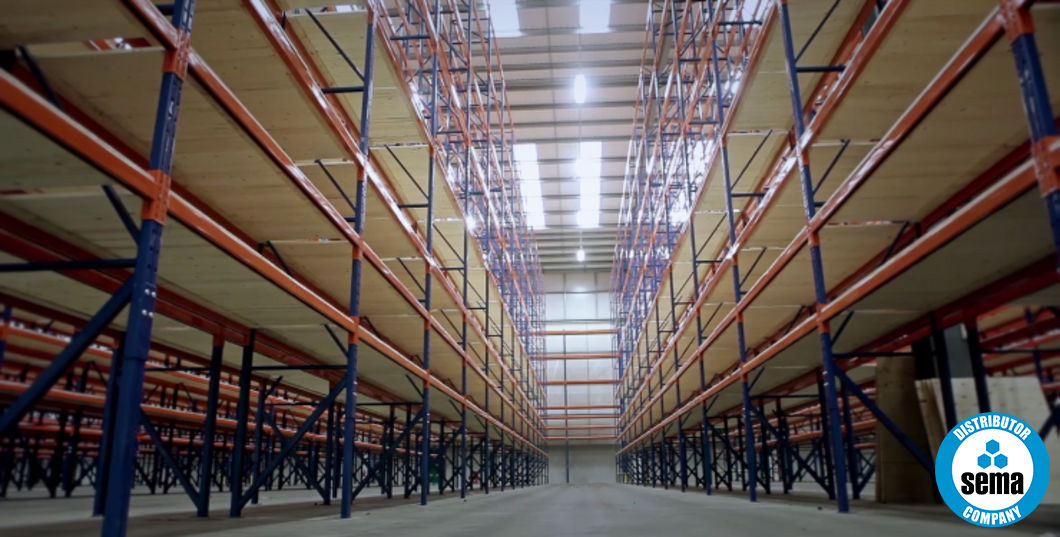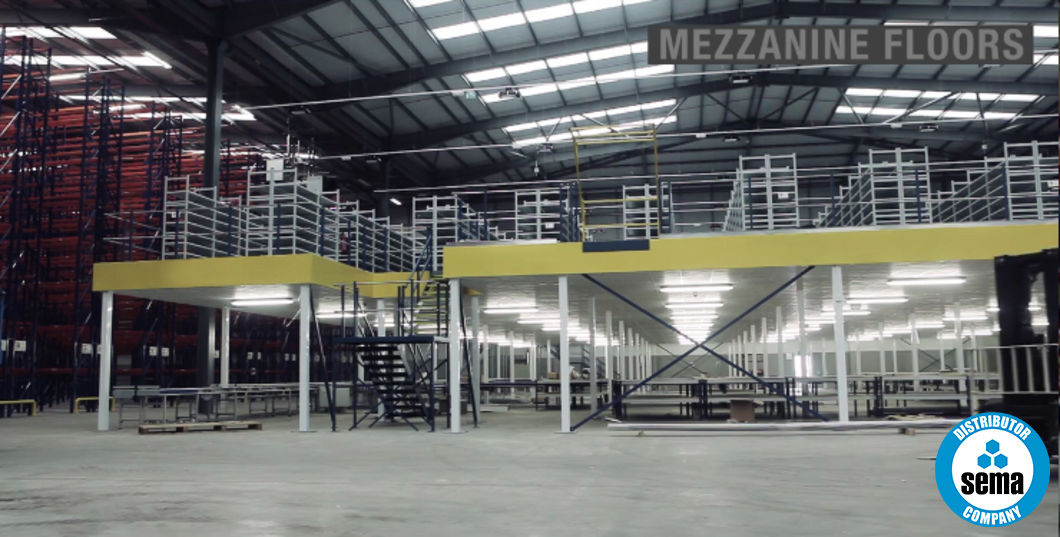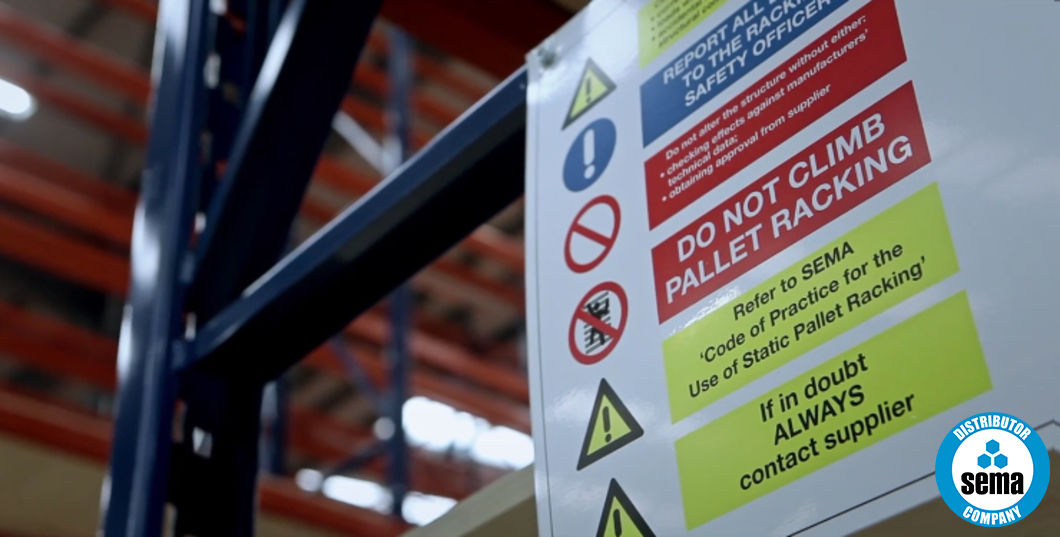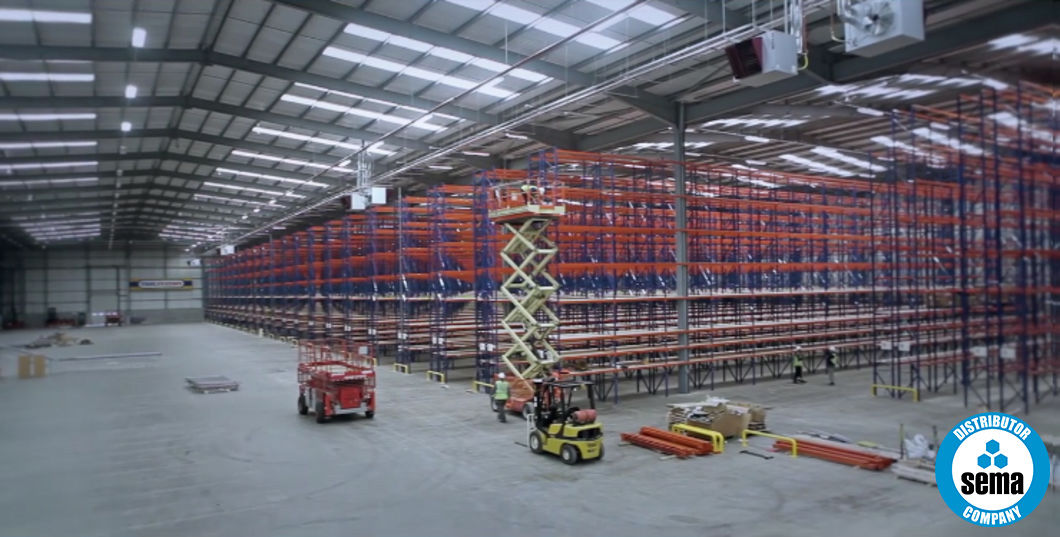SEMA Member Summary
Technical hub of excellence
By Jaap Vos, President of SEMA, the Storage Equipment Manufacturers’ Association.
Technical excellence has been the very essence of SEMA’s mission since its inception in 1968. The very structure of the association’s DNA is technically inter-linked and so the conformity of each group and every member to a set of measurable standards has generated the industry safety model. Approved and adopted without compromise, through technical standardisation.
SEMA has led on best safety practice and many of its outputs are adopted nationally, across Europe and the world over. The work of our Technical Committee is well renowned, and leadership continues through membership of the British Materials Handling Federation (BMHF) and Le Federation Europeenne de la Manutention (FEM). SEMA is the UK National Committee Member of one of FEM’s seven product groups; Racking and Shelving.
SEMA’s definitive work is formalised into a set of codes and guides that are of relevance to all those involved with the management and safety of warehouse operations. Together with training, these codes provide a framework for the safe design, installation and use of storage equipment manufactured and supplied by our members and we currently have over 75 technical publications to our credit.
Meeting Health and Safety law via PUWER is central to SEMA’s mission. PUWER stands for the Provision and Use of Work Equipment Regulations 1998 (1999 in Northern Ireland). The regulations deal with the work equipment and machinery used every day in workplaces and aims to keep people safe wherever equipment and machinery is used at work.
SEMA’s Technical Committee has developed a series of design codes covering both static and other pallet racking types together with formal publications for both low and high-rise static steel shelving. Its codes also cover mobile racking, mobile shelving systems together with cantilever racking systems and the design and use of racking protection.
SEMA’s design codes
SEMA has also authored two codes with respect to installation. When we design racking, we understand the floor will not be perfectly flat nor will the uprights be perfectly vertical. Therefore, installers and designers work to SEMA’s Tolerances Code which gives limits to be achieved by the installers so that the rack will operate correctly and carry intended loads. The SEMA Installation Code gives installation guidelines for installers of different types of racking and shelving and provides a foundation for SEIRS, the Storage Equipment Installers’ Registration Scheme.
To support ongoing safe use of storage equipment also SEMA publishes two further codes which provide information on how to use the equipment safely.
SEMA has continually monitored the storage environment and as time went by, it became clear that a code on Load Notices was needed. Initially, only a very brief overview of a rack’s capabilities were shown on the Load Notice, today it includes a list of warnings, prohibitions and mandatory behaviours as well as loading data and some administrative information in order to comply with the Safety Signs and Signals Regulations. The Load Notice Code prescribes a layout for the load notice signage and the information that should be included. In 2008, SEMA’s Load Notice Code was (effectively) adopted across Europe in EN15635.
Secondly, the SEMA “Code of Practice for The Use of Static Pallet Racking” outlines responsibilities for both supplier and user, discussing how to specify and detailing the information that needs to flow between the user and their supplier. On pallets and trucks, there’s basic information about the loading and unloading sequence for various pallet racking systems and suitability of pallets. It also covers basic details on the storage area itself, including the floor, highlighting some pitfalls to avoid.
How to manage rack safety
The end-user needs to appoint a Person Responsible for Racking Safety (PRRS) who is suitably qualified and experienced with the necessary authority to take responsibility for maintaining safe operation of storage systems, maintaining rack inspection and keeping maintenance records. They should seriously consider implementing a risk assessment and method statement for racking and storage inspection together with maintenance into company procedure.
Remember! Inspection is not a substitute for deficient, defective or absent specification, design, installation, training, operation or maintenance. It is important to realise that inspection alone does not solve the problem. It is only the first link in the chain which is then followed by taking areas out of use so that the necessary maintenance action can be undertaken to solve the issue which has been identified by the inspection.
The SEMA Rack Safety Awareness (RSA) course is provided for users so that they can check their racking and damage is identified and corrected on a continuing basis. SEMA Approved Inspectors can provide annual inspections to identify damaged items for replacement and keep racking in good order.
For more information, telephone 0121 6016359 or email enquiry@sema.org.uk.
SEMA Press Releases

 Back to Site
Back to Site